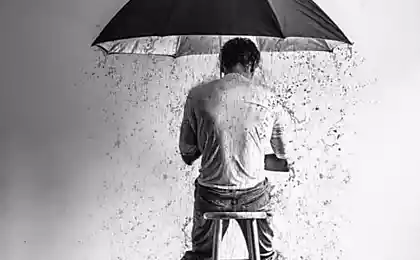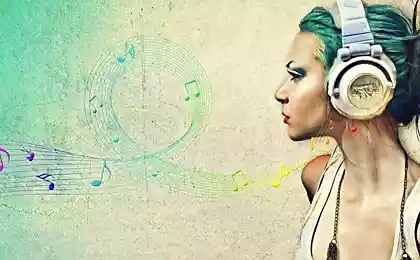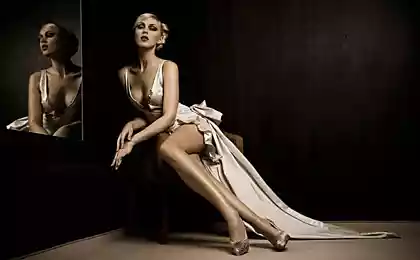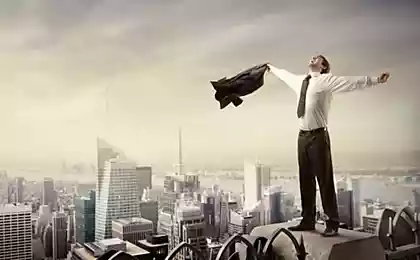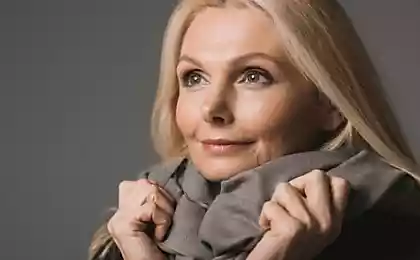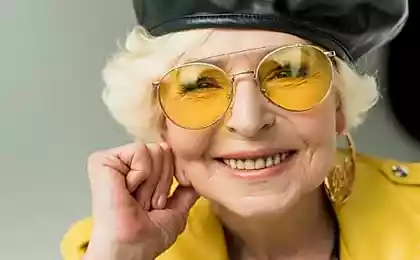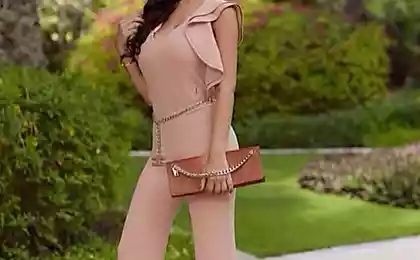172
7 Reasons Why You Are Afraid to Start Changing Your Style
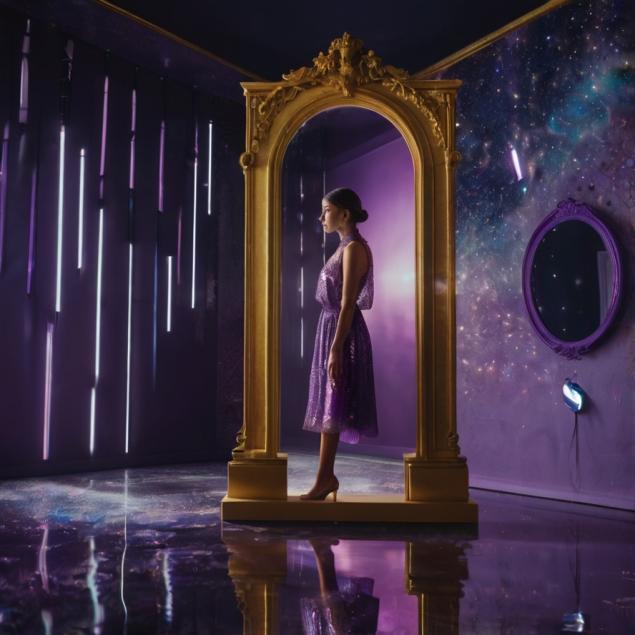
One in three people admit that they dream of radically changing their style, but postpone this decision for months or even years. Psychologists call this phenomenon “style paralysis,” a state in which the desire for change faces many internal barriers. Research shows that 73% of people experience anxiety at the thought of changing their image, even if their current style does not suit them.
73%
People feel anxious at the thought of changing style
Style is not just about clothes. It is a way of non-verbal communication, a business card of a personality and a tool of self-expression. When we think about changing it, we subconsciously activate the underlying defense mechanisms that evolutionarily helped our ancestors survive in social groups. Today, these same mechanisms can become an obstacle to personal growth.
Anatomy of fears: what happens in the head
Neuroscientists at the University of California have found that thoughts of changing appearance activate the same areas of the brain as a real physical threat. The amygdala, an ancient survival structure, sees potential changes in social status as a danger. This explains why even the thought of a new style can cause palm palm palms to beat and sweat.
It's important to
Fear of changes in style is a normal mental reaction. Recognition of this fact is the first step towards overcoming barriers.
Seven main fears and ways to overcome them
1st
Fear of social exclusion
The roots of this fear go back to the evolutionary past, when exile from a tribe meant death. Today, we are afraid that our colleagues, friends or family will not understand or judge us.
Decision: Start small. Change one element - accessory, color of lipstick, style of glasses. Gradual changes will allow others to get used to, and you – get feedback and adjust the direction.
2.
Financial concerns
The myth that style requires a huge investment paralyzes many. The study found that people overestimate the cost of changing style by an average of 3.2 times.
Decision: Make an inventory of your existing wardrobe. Often, 2-3 new things are enough to create 10-15 new images. Use the “one thing a month” rule to keep your style up to date without financial stress.
453280
3
Uncertainty of choice
The paradox of choice: the more options, the harder it is to decide. The modern fashion world offers an infinite variety of styles, which can lead to analytical paralysis.
Decision: Create a mudboard – a collection of images that inspire you. Find 3-5 celebrities or influencers whose style resonates with your personality. This will help to highlight common elements and create a direction for the search.
4.
Fear of looking out of place
This fear is associated with social anxiety and perfectionism. We are afraid that the new style will be too bright, too youthful, too formal.
Decision: Learn the dress codes of different situations. Create a basic wardrobe that can be adapted for any occasion with the help of accessories. Remember, it is better to be slightly disguised than underdressed.
5
Fear of losing identity
We get so used to a certain image that it becomes part of our identity. Changing your style can be seen as betraying yourself.
Style is not a disguise of personality, but its manifestation. Changing style is about growth, not losing yourself.
Decision: Think of style change as an evolution, not a revolution. Keep one or two elements of your current style that you really like and build a new look around them.
6
Lack of time and energy
The modern rhythm of life often leaves no time for “non-essential” things. We put off taking care of appearance, considering it a luxury.
Decision: Invest in creating a capsule wardrobe. 20 to 30 well-chosen items will save you hours of image selection each morning. Use applications to make bows in advance.
7
Fear of experimentation
Many people are afraid of making mistakes and prefer to stay in their comfort zone. This fear is especially strong in people with low self-esteem.
Decision: Remember that fashion is cyclical and style is a game. There is no wrong experiment, there is experience. Start by fitting in stores with no obligation to buy. Photograph yourself in new images and analyze what you like.
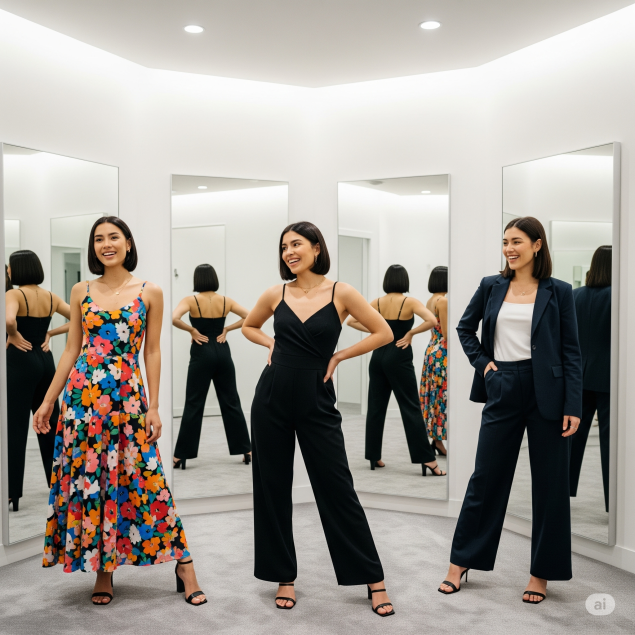
Practical steps towards change
Important warning
Don't try to change everything at once. Radical changes can lead to stress and a desire to return to the old image. Psychologists recommend the “10% change” rule – change no more than 10% of your overall style every month.
Style analysis technique
Do an honest analysis of your current style. Take pictures of yourself in five different everyday images. Determine what exactly you are not satisfied with: colors, silhouettes, accessories or a general concept. This will help focus on specific areas for change.
The “One New Element” Rule
Add a new element to your image every week. It can be a new way to wear a familiar thing, an unusual accessory or an unusual combination of colors. This approach will gradually expand the boundaries of comfort.
Creating a "Style Diary"
Keep a visual diary of your experiments. Photograph successful images, note the reactions of others, record your feelings. This will help track progress and understand where to go next.
Conclusion
A change of style is not just a change of clothes, it is a transformation of attitude towards oneself and the world. Each of the seven fears has a real basis, but all of them can be overcome with the right approach. The main thing is to remember that style should serve you, not enslave. Be patient with yourself and remember that the most beautiful style is self-confidence.
Glossary
Style paralysis A psychological state in which a person has difficulty making decisions about changing their appearance due to many internal barriers and fears.
Amygdala The area of the brain responsible for processing emotions and responding to threats, often referred to as the “fear center.”
The paradox of choice The phenomenon when an excess of options leads to difficulty in making a decision and a decrease in satisfaction with a choice.
mudboard A collection of images, colors, textures, and other visual elements used to convey an idea or concept of style.
Capsule wardrobe A minimalist set of basic things that fit well together and allow you to create many different images.
Dress code A set of clothing rules and guidelines adopted in a particular social group or situation.
5 familiar things that will soon disappear
Who among the sources on the war in Ukraine is trustworthy - based on the theory of emotional tone

